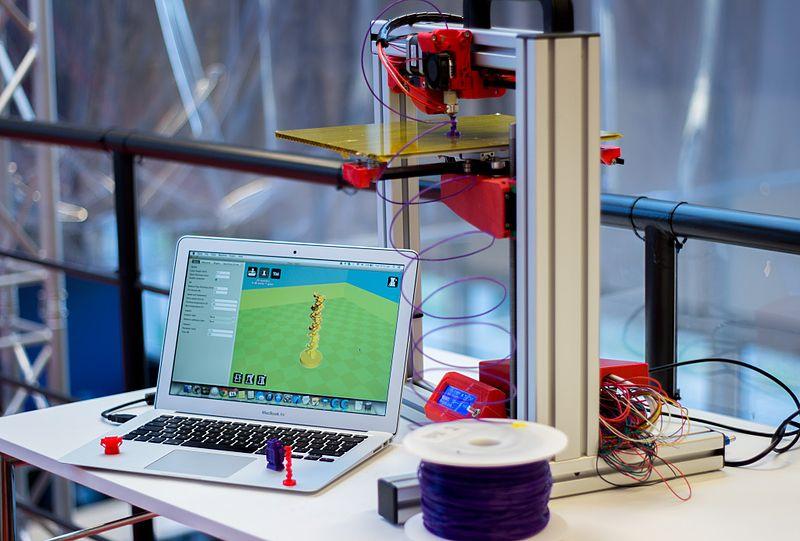
The technology of 3D printing, which began exclusively for high-end users like automotive manufacturers and architects, is now being used to create almost anything. 3D printing can create almost anything, from personalized body parts to superhero action figures. In addition to manufacturers, it has attracted hobbyists and consumers. The use of this technology by an increasing array of consumers has raised potential questions regarding Intellectual Property Rights, especially patents. That’s what we discuss in the article.
What is 3D Printing and how it Works?
Technically termed as additive manufacturing, 3D printing allows you to create a three-dimensional or physical object by using a computer-aided design (CAD) file and adding layers of materials required to create the item. This technology contrasts subtractive manufacturing where the material is removed or cut away from a larger piece of material.
The way 3D printing works has the potential to change manufacturing from a centralized process to a distributed process with several points of manufacturing. Objects may be printed by scanning original designs or using CAD files allowing the manufacture by 3D printers everywhere the object is sold. This can benefit businesses, as local demands can be met by simply printing more when needed. With more and more markets gaining easy access and using 3D printing, it has the potential to infringe patented object and affect Patent Law.
Patents and 3D Printing
The concept of 3D printing cannot be termed as new. First developments to this technology were made during 1970s-90s. Several dominating patents to this technology were registered during that period. In fact, the growth of this technology in recent years can be attributed to the expiry of those initial patents. While this means that there are more opportunities to secure valuable patents, the technology also poses risks of patent violation. A patent allows the owner to prevent others from making, selling, or using the invention. Because 3D printing allows you to print objects by scanning original designs or using CAD files, anyone can make copies of patented objects. Although this highlights that the technology poses threat to patent protection, it may also affect Patent Law.
In order to sue for infringement, the patent owner would need to be aware of those using the technology to infringe the patent. Rather than enforcing rights on individuals printing objects (as that could be anyone), patent owners may try to sue entities hosting the 3D data files, websites and companies sharing or selling the related CAD files, or companies selling 3D printers, on the basis of inducement of infringement. Unfortunately, there lies a problem with this approach. Inducement of patent infringement requires actual knowledge of the relevant patent. With hundreds and thousands of patents in existence, not everyone is aware that a particular object is patented. Moreover, there is a possibility that someone may not have sold the CAD file but just possessed it. And they were unaware that the object printed using the file was patented. The same applies to the host or seller of the CAD files associated with the patented object.
Hence, it remains to be seen how 3D printing changes the balance of rights and their enforcement. While 3D printing, at least for consumers, is limited to relatively simple objects, how the law deals with personal copies as a result of the ability to scan and 3D print objects is still unanswered. Whether the law will help or hinder the development is still a potentially unanswered question.





